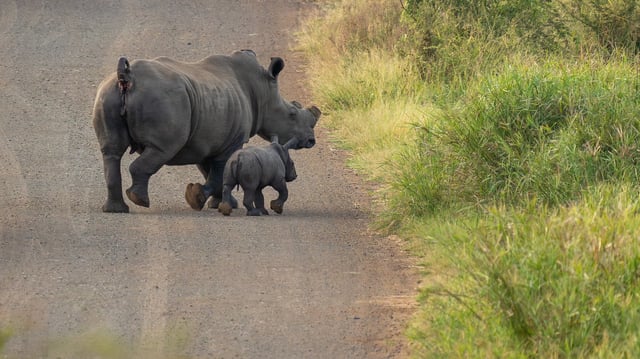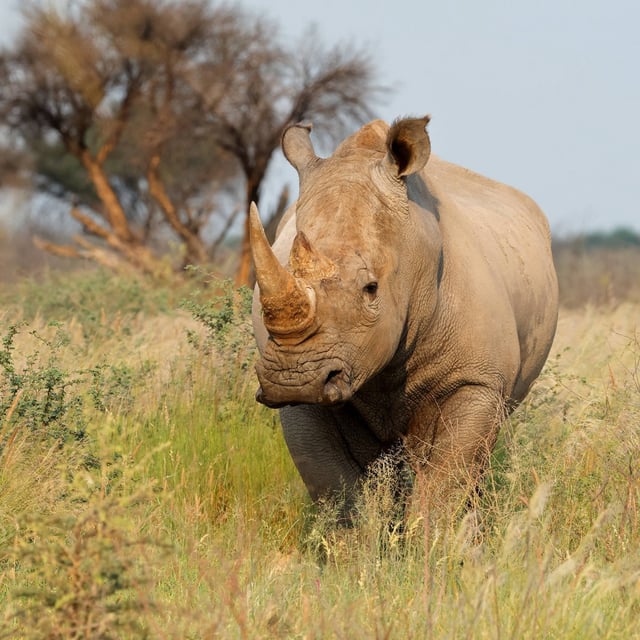Overview
- A study of 2017–2023 data from 11 Kruger-area reserves found dehorning lowered an individual rhino’s poaching risk from 13 percent to 0.6 percent.
- At just 1.2 percent of anti-poaching budgets, horn removal proved a cost-effective tactic, though horns regrow and medical stumps remain valuable to traffickers.
- More than 700 poacher arrests during the study period had little impact on overall poaching rates, suggesting enforcement alone is insufficient.
- Conservationists now advocate for measures that reduce poaching opportunities and profits, such as stronger community engagement and smarter trade controls.
- Despite the global ban, high demand in Asia—particularly Vietnam and China—drives smuggling networks that still target dehorned rhinos.


